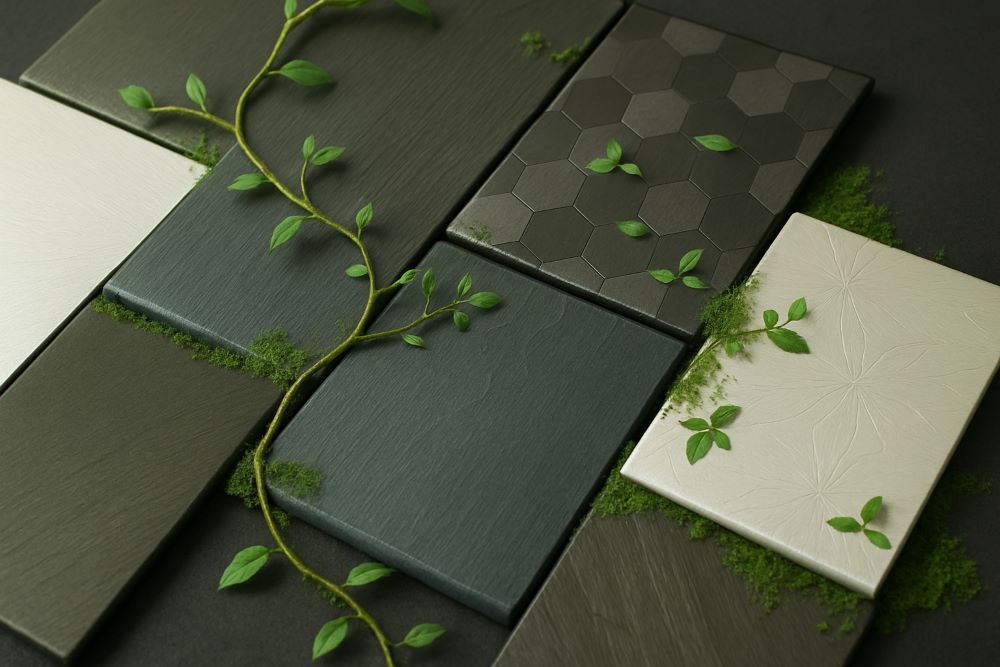Sustainability in Motion: How IMR and Green Materials Are Elevating Decorative Components
As global manufacturing accelerates its transformation, sustainability has shifted from a choice to a core competitive factor. Achieving carbon reduction and a circular economy, while maintaining aesthetic product appeal, is now a key objective.
In-Mold Decoration Film (IMR) technology—thanks to its high efficiency and elimination of the multi-step finishing process—has long been considered a relatively eco-friendly manufacturing process. When further integrated with recycled materials and environmentally conscious material strategies, IMR becomes a driving force for sustainable production.
Here are three ways green materials enhance IMR’s balance of performance and sustainability:
-
Using rPET Recycled Material as the Carrier Film:
The base film in IMR systems is typically made from PET, which traditionally requires high transparency, stretchability, and thermal stability. In recent years, the industry has started adopting Post-Consumer Recycled PET (PCR-rPET) to replace a portion of it. Derived primarily from recycled PET packaging such as beverage bottles, rPET helps reduce dependence on petrochemical resources and lowers the carbon footprint.
-
Applying Water-Based Coatings and Inks in Film Processing to Reduce VOC Emissions:
Both coating and printing in film manufacturing are now facing tougher environmental regulations. Water-based coatings and inks are gradually replacing traditional solvent-based alternatives, significantly reducing volatile organic compound (VOC) emissions. This transition improves workplace safety and ensures compliance with environmental standards.
-
Introducing PCR / PIR Recycled Plastics into IMR Injection Molding:
Beyond films and inks, the plastic materials used in the IMR molding process are also undergoing a green transformation. Many brands are introducing PCR (Post-Consumer Recycled) and PIR (Post-Industrial Recycled) materials, making PCR-PC and PCR-ABS popular sustainable choices. These are widely used in TV frames, laptop housings, and more—delivering measurable reductions in product carbon emissions.
The Big Picture: Building a Smarter, Greener System
IMR’s environmental upgrade is not an isolated improvement. Rather, it constructs a green triangle structure from film (rPET) → ink (water-based) → molded material (PCR/PIR) , enabling a comprehensive sustainability transformation. This integrated approach offers:
- Modular upgrade potential: Each element can be introduced step-by-step, aligning with production realities and customer needs.
- Alignment with ESG and LCA standards: From material selection to carbon footprint calculations, IMR supports transparent sustainability reporting.
- Enhanced product differentiation: Environmental performance becomes a marketable advantage, not just a hidden cost.
The integration of IMR technology and green materials signals the arrival of a new era in which aesthetic appeal and sustainability are no longer in conflict. Embracing this transition is not only a commitment to the planet—it is a strategic investment in future competitiveness.






